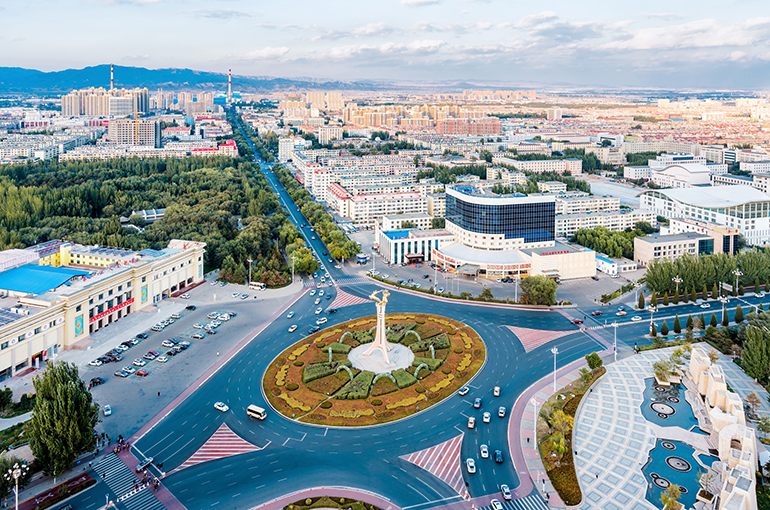 Inner Mongolia's GDP Growth Tops China’s Energy-Producing Regions in First Half
Inner Mongolia's GDP Growth Tops China’s Energy-Producing Regions in First Half(Yicai Global) July 31 -- The gross domestic product growth of Inner Mongolia Autonomous Region outpaced that of China’s two other major energy-producing regions in the first half of the year, according to the latest official figures.
Inner Mongolia's GDP jumped 7.3 percent to CNY1.1 trillion (USD154.5 billion) in the six months ended June 30 from a year earlier, its local government data showed.
In the same period, the GDP of the energy-producing provinces of Shanxi and Sha’anxi rose 4.7 percent and 3.7 percent to CNY1.17 trillion and CNY1.56 trillion, respectively, while the average for the Chinese mainland's 31 provincial-level regions was 5.5 percent. Inner Mongolia ranked fifth.
Inner Mongolia, Shanxi, and Sha’anxi produced more than 70 percent of the mainland's coal in the first six months of the year. But coal production cannot drive the local economies as much as before because the industry’s growth is no longer robust.
The economic output from coal mining and washing Sha’anxi jumped 12.4 percent in the first half of 2022 compared with a year earlier, but rose only 1.5 percent in the first half of 2023, data from the local statistics bureau showed.
While Shanxi's non-coal sector grew 6.5 percent in the first half, the coal industry only increased 2.5 percent, while the added value of industrial enterprises rose 3.9 percent.
In Inner Mongolia, the added value of local industrial companies rose 6.9 percent, while that of coal firms rose only 3.5 percent. But its manufacturing industry accounted for 57.4 percent of the growth of the provincial-level region's added value of industrial enterprises, more than that of agriculture, forestries, animal husbandry, fisheries, and service industries.
The coal industry's growth is also slowing because of the gains made by the new energy sector.
Emerging industries spurred the optimization and upgrade of the industrial structure, said Wang Chuanjing, deputy director general of Inner Mongolia's statistical bureau.
Inner Mongolia’s output of new industrial products continued to grow in the first half, with the production of monocrystalline silicon and polycrystalline silicon up 27.6 percent and 310 percent from a year earlier, Wang noted. The region's output of wind power generating sets and electronic parts surged 100 percent and 26.3 percent, he added.
Inner Mongolia's investment in the new energy industry jumped 110 percent in the six months, accounting for 71.9 percent of all investment, Wang pointed out. The average growth across all industries was 30.5 percent.
Meanwhile, Xinjiang Uygur Autonomous Region, whose coal output is almost 10 percent of the Chinese mainland's total, saw its coal mining and washing industry grow 24.6 percent.
Shanxi, Inner Mongolia, and Sha’anxi have relatively fixed coal production, so the industry is more affected by price changes, Lin Boqiang, director of the China Institute for Studies in Energy Policy of Xiamen University, told Yicai Global. Xinjiang's growth is relatively fast because its coal capacity is primarily new, with ample reserves and a lower base number, Lin noted.
Xinjiang can produce 42 million tons of coal during the period of the 14th five-year plan, which covers 2021 to 2025, according to a report Cinda Securities published last year.
Editors: Shi Yi, Futura Costaglione